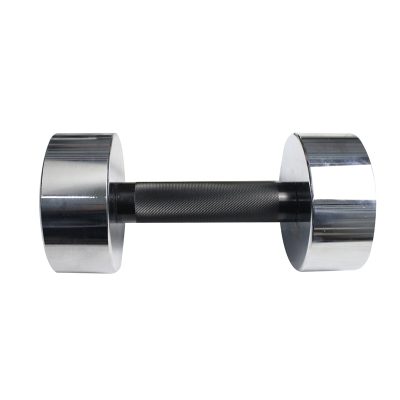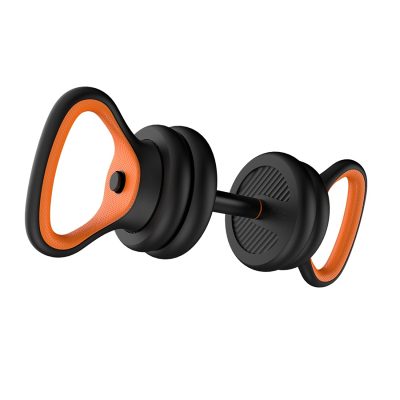Dumbbell shoulder press
Both sitting and standing positions are allowed, with legs separated on the ground and torso kept straight. Hold a dumbbell in each hand, palms forward, and elbows bent at 90 degrees. Use force to lift the dumbbells above your head. Control the dumbbell to slowly return to the initial position.
Practice effect:The width of the shoulder depends on the size of the skeleton and shoulder deltoid muscle. The skeleton is restricted by genetics and is difficult to change, but we can exercise the shoulder deltoid muscle. The shoulder press is the main exercise for the shoulder deltoid muscle, and assists in the exercise of the upper trapezius and upper chest muscles. If you are worried about your thinness, practice this exercise more. In order to achieve better results, you can also increase the dumbbell front lift, side lift, bent over and side lift and other actions.
Dumbbell upright rowing
Stand up with your legs hip-width apart and your torso straight. Hold a dumbbell in each hand and suspend the dumbbell in front of your thighs, palms facing back. Bend and lift the elbow joint to both sides, and lift the dumbbell vertically to the height of the shoulder joint. Note that the elbow joint is slightly higher than the dumbbell at this time. Stay for a few seconds, then slowly lower the dumbbells to the initial position.
Practice effect: This is also a classic exercise for shoulder exercise. The main practice of the shoulder deltoid muscle, the auxiliary practice of the upper trapezius muscle. In particular, it can strengthen the strength of the rotator cuff muscles. The rotator cuff muscles are composed of the supraspinatus, infraspinatus, teres minor, and subscapularis muscle tendons, which tightly surround the shoulder joint.


















